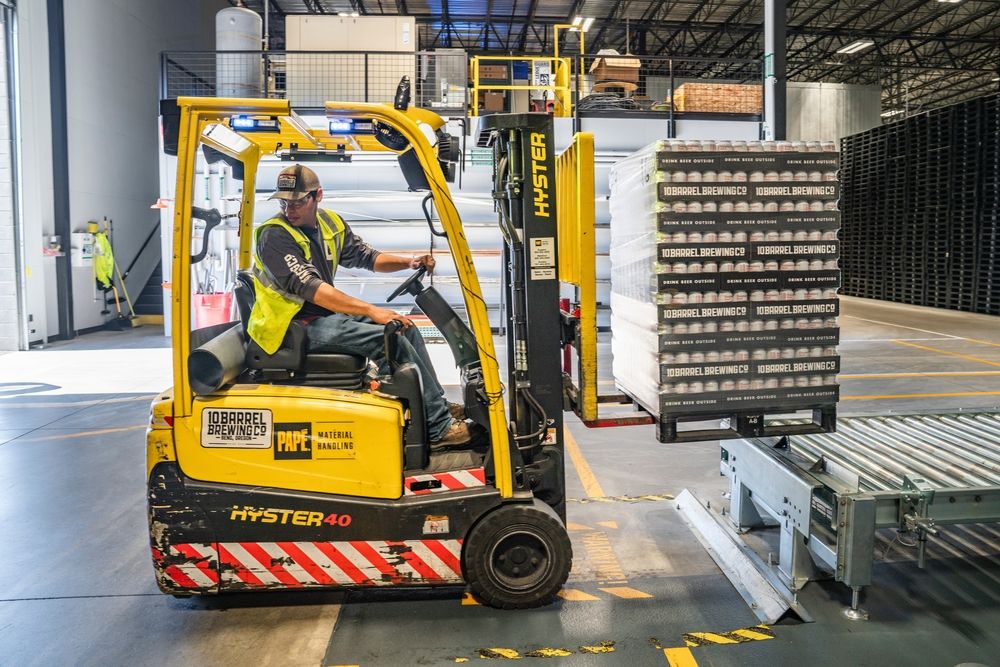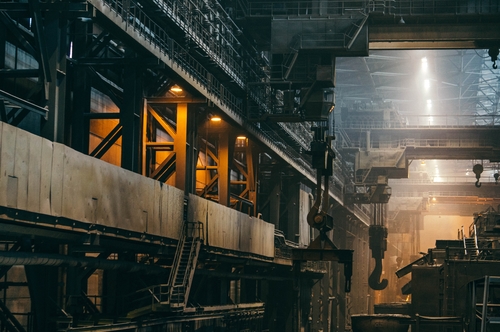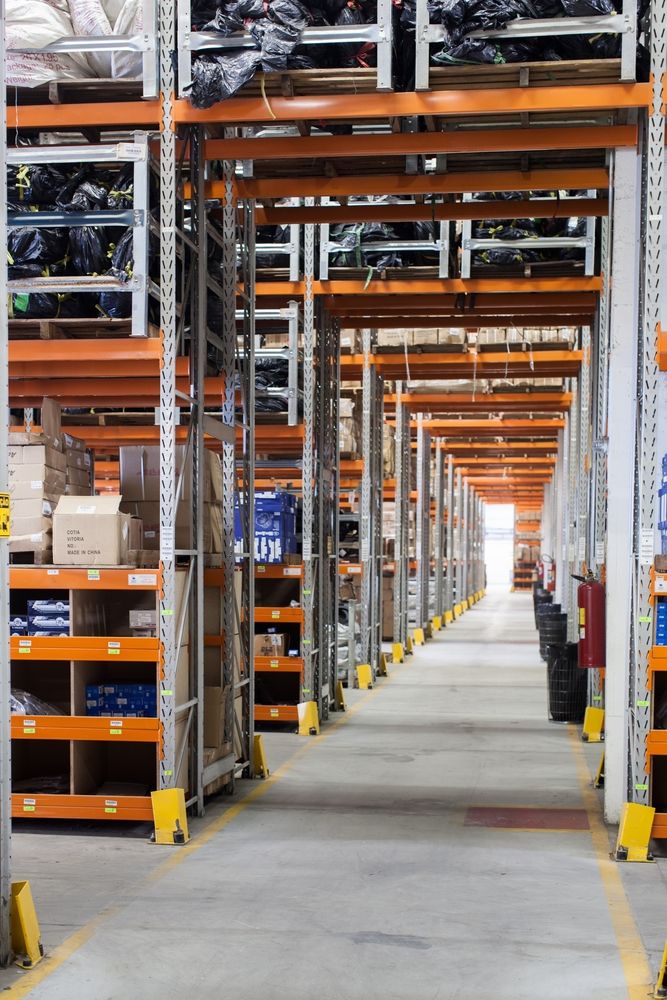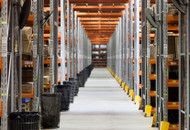24th Mar 2022
Your warehouse is where most of the hard work of your business gets done. It’s critical that the environment inside yours is one where your workforce can be at its most productive and safe. Lighting is a key element for this, because being able to see everything that’s occurring inside the building can ensure workers do their jobs properly. With so many options available to keep these facilities lit, it’s necessary to know the differences and how each one can meet your requirements.
Here are some qualities to consider when choosing the light fixtures for your warehouses.
What are your options?There are three main types of lights used to illuminate large-scale industrial facilities. Each one has unique advantages and disadvantages depending on the situation:
|

|
How much light do you need?The amount of light required to effectively illuminate your warehouse depends on several factors. Of course, building size is one of the most important. Ensure your lights are plentiful enough and spaced effectively to prevent dark areas as well as excessive glare. Yet there are other factors to consider. If the facility has dark-colored walls and floors, you may need brighter lighting to compensate. On the other hand, lighter colors reflect better and reduce your reliance on artificial illumination. If you have skylights in your roof, you might not want to have as many lights, either. |

|
Why Does Color Temperature Matter?
Color temperature refers to how “warm” or “cool” the light appears, with warmer taking on more of a reddish tint and cooler meaning it seems to be bluish. Although warmer lights may be better for a cozy living room, cooler ones are typically more suited for workplaces. Seeking lights that emit between 4,000 kelvins and 5,000 kelvins in terms of color temperature helps employees experience less eyestrain and feel more energized and focused.
 |
How Should Light Be Distributed?Depending on the floor plan of your warehouse, you have two choices for distribution. The long and narrow fixtures, called type I, work best with aisles and tall shelving units. This keeps the light focused into the space between the shelves where it is needed most. For a more open arrangement, type V spreads light in a wide distribution. |
Make the Right Decision
Having the proper lighting in your warehouse is crucial for the success of your business. It can improve accuracy, reduce accidents and boost productivity. Be sure to follow this advice before choosing the light fixtures in your facility.
Sources:

